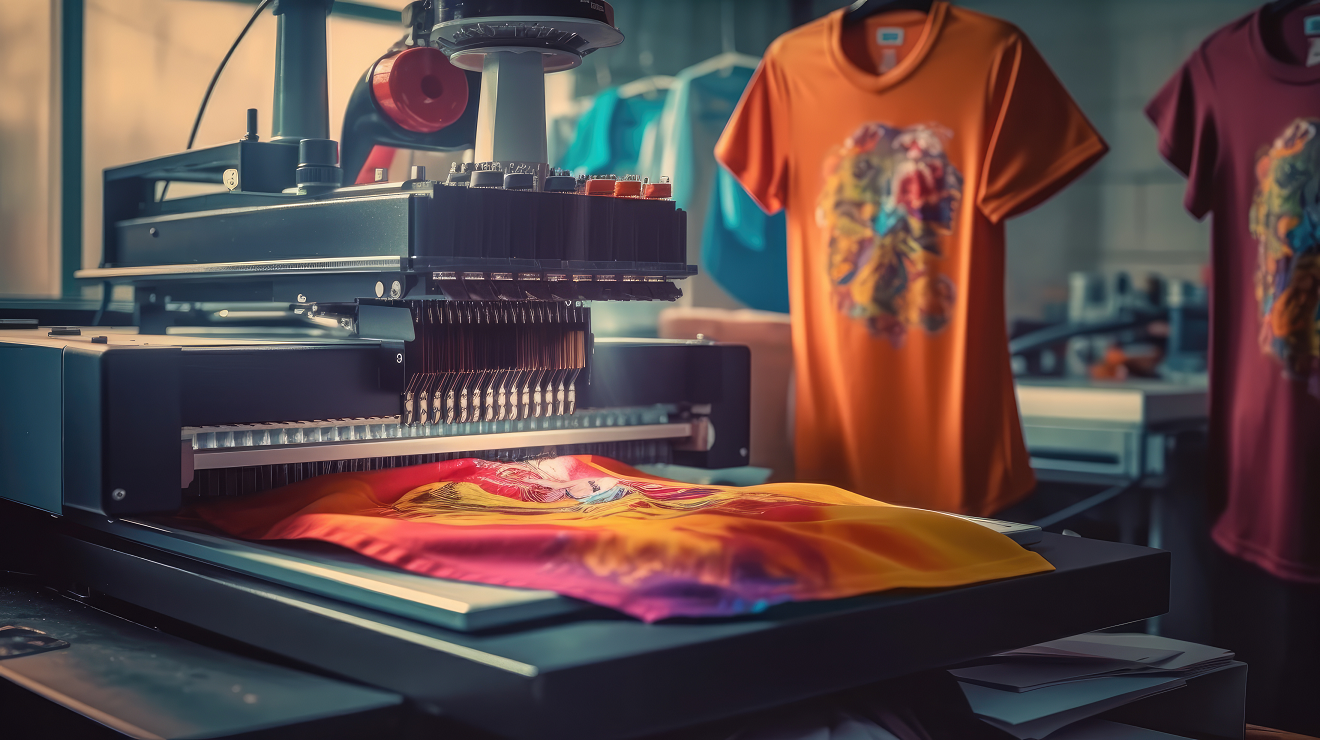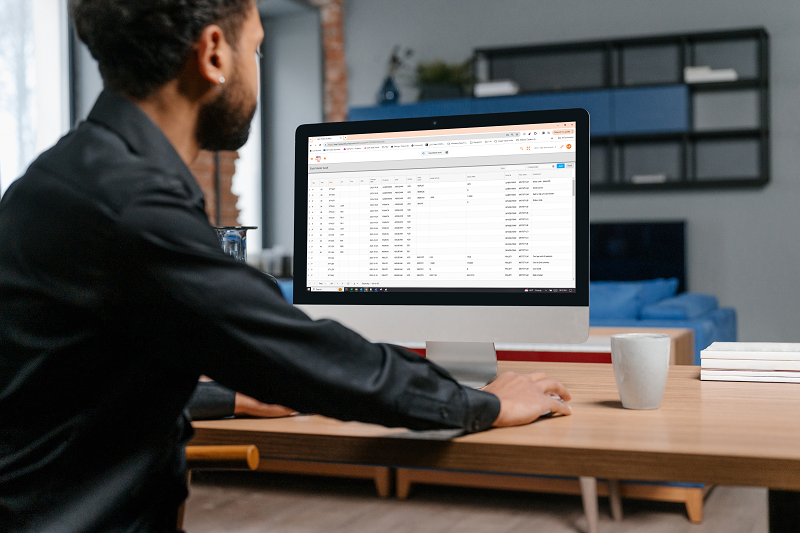How to Best Choose and Apparel ERP Software Solution
Published: February 11
Your
apparel ERP is your business’s brain — it takes in data from all different parts of your business (sourcing, warehouse operations, sales, you name it), and analyzes that data to help you to direct resources more efficiently. With so many types of apparel (from haute couture to occupational gear), the ever-changing nature of fashion and the wide range in prices for the end product, your ERP must be flexible, reliable, and adaptable to your
individual business’s needs.
Choosing the right apparel ERP solution is one of the most important business investments you’ll make, so make sure you know your needs going into the process.
What Reports Do You Need From Your Apparel ERP?
When considering which ERP best fits your business, it’s important to know what kind of apparel ERP reports your business will use most often. Two of the most commonly used ones are management information system (MIS) reports and real-time reports.
Business reports analyze the productivity and efficiency of individuals, groups of individuals and entire departments in your business, and can help you to clear out production and transportation bottlenecks. They allow you to drill down and find exactly where the productivity problem is, even if it’s one employee taking way too many breaks.
Real-time reporting allows you to look at what’s happening in your business as it happens, so you can see how this morning’s change in your warehouse picking process affects this afternoon’s shipping. The larger your business is, the more indispensable those real-time analytics become to help you track complicated operations and data.
Pricing Considerations
Price is another factor to consider — for a small to mid-sized business, the typical cost of implementing an ERP solution is $150,000 to $750,000, and that’s before hardware implementation and any customization that may be necessary. This is a fairly wide range, and reflects just how different the available ERP systems are. If you are quoted a price that’s far below the $150,000 mark, the offer may be too good to be true, so be sure to watch out for hidden fees and set-up costs.
For companies that want to reduce their up-front costs, software as a service (SaaS) may be a great option. SaaS providers host your ERP system in the cloud so you don’t have to take the time and money to implement new systems on-site.
Training and Personnel Commitment
Remember that even the most state-of-the-art apparel ERP won’t do your business much good if your staff isn’t trained to use it. During deployment, you might lose some initial productivity as your personnel adjust to the new system, but you’ll make up lost time quickly as long as you provide adequate training and knowledge sharing.
Most vendors will let you try their system out, so make sure to take advantage of the opportunity. You can’t know if an apparel ERP system is going to work for you until you test it on your own business. See what happens when you run your most common orders through the system, and try a particularly complex one to test its limits. Remember during the testing phase that any apparel ERP implementation will come with a learning curve, so it’s helpful to have your vendor walk you through the features and functionality.
If you’re ready to see which apparel ERP solution fits your company, or if your business systems need updating, Apparel Business Systems can help. Our enterprise resource planning software is purpose-built for companies that make apparel and fashion. Contact us today to request a demonstration of our apparel ERP solution, and learn how it can help your business run more efficiently.
We will get back to you as soon as possible.
4325 Alexander Drive, Suite 100
Alpharetta, GA 30022-3740
Apparel Business Systems | All Rights Reserved











